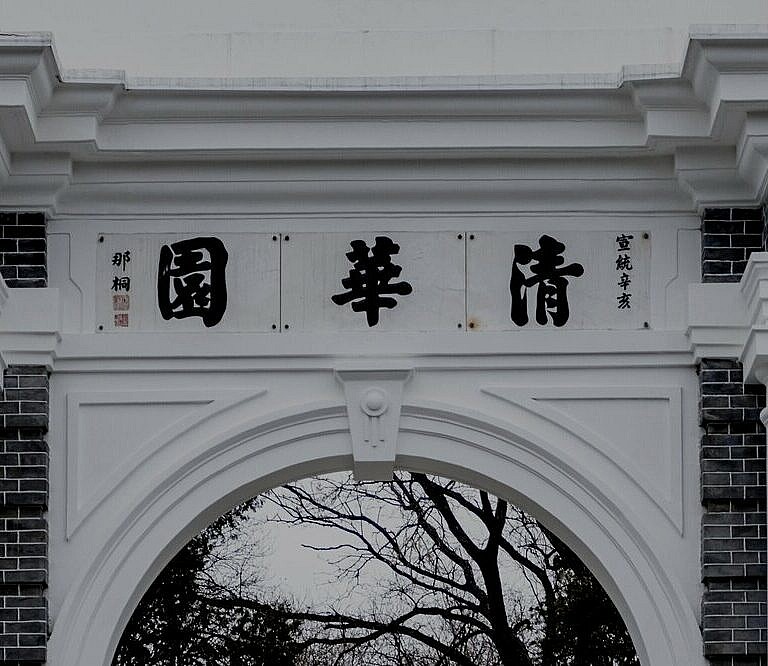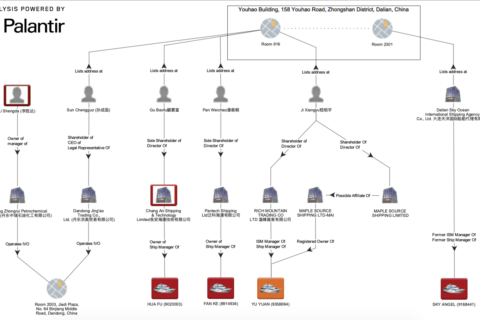Open Gates

By identifying this connective tissue between universities and the defense ecosystem, Open Gates provides a tool to enable foreign universities, corporate entities, and governments to mitigate their exposure to China’s defense ecosystem while maintaining engagement with China’s academic institutions.
Executive Summary #
In recent years, a growing body of national security literature has highlighted the role that Chinese universities play in the Chinese military-industrial complex. Past research has explored the role universities play in technology transfer into China, and has shed light on which Chinese universities have the most labs sponsored by defense conglomerates or the most graduates working for them. This report builds on that research by developing a methodology for identifying specific individuals at universities with ties to the defense industry, in order to provide a tool for differentiating academics and labs at civilian universities who have ties to the defense industry from those at the same universities who have no such ties.
To do so, this report takes a novel approach by using bulk publicly available information to conduct replicable analysis of university investment networks. We began with access to Chinese corporate records, showing investment relationships between companies and their subsidiaries. Next, we took a sample list of 79 universities and mapped out over 20,000 of their subsidiaries. Finally, we looked for instances of overlap in equity stakes between these 20,000 companies and a select list of seven well-known Chinese defense conglomerates and their subsidiaries, yielding a list of dozens of joint ventures which analysts then reviewed for relevance to U.S. national security interests. The results helped identify specific labs and professors within given universities that partner with defense conglomerates. This approach captures of course only one part of the risk picture within university investment networks, and risks outside of joint ventures are assessed in section four of the report. Still, it is one means of crafting more nuanced policy approaches to China’s defense universities than those that characterize universities’ relationships with China’s military-civil fusion strategy in a binary.
Incentives in China’s political economy are structured such that a growing number of prominent universities have some degree of tightening ties with the defense industry. Moving forward, it will be important for researchers to develop methodologies for identifying precisely where within university networks those ties exist. By identifying the connective tissue of joint ventures between universities and the defense ecosystem, this report provides a tool to enable foreign universities, corporate entities, and governments to mitigate their exposure to China’s defense ecosystem while maintaining engagement with China’s academic institutions.






